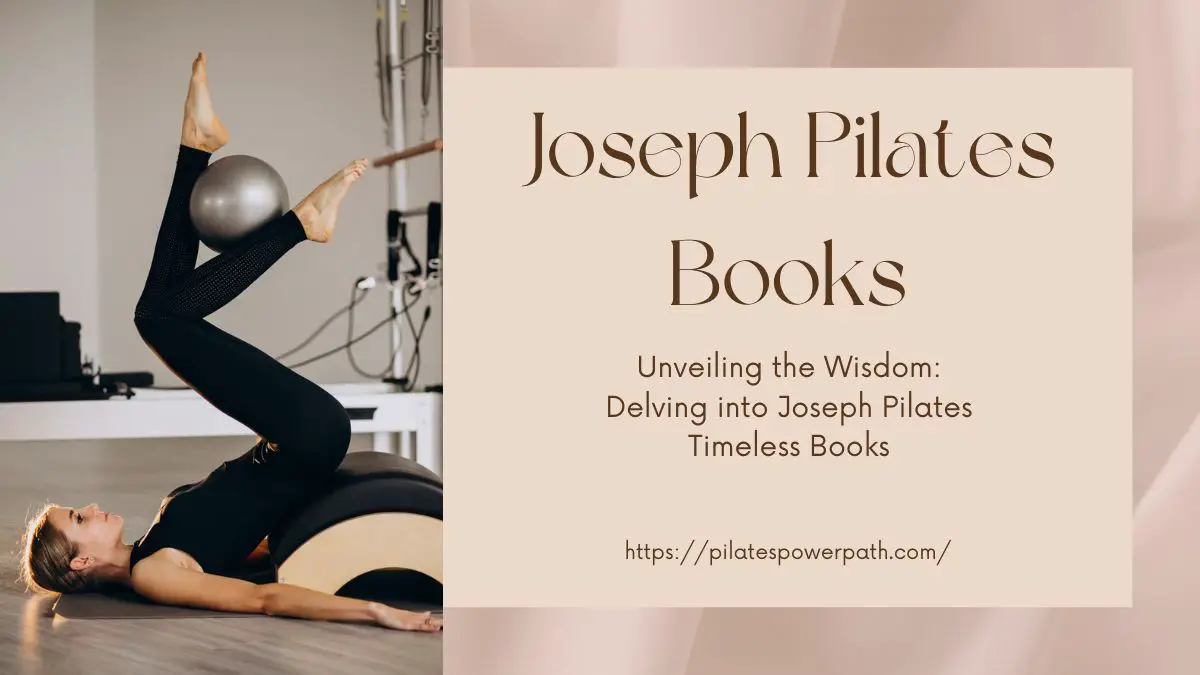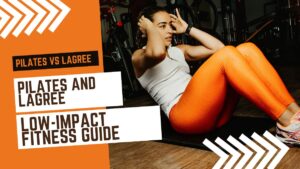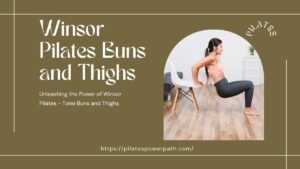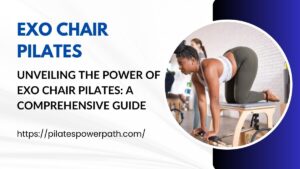Welcome to the realm of Joseph Pilates, a visionary fitness pioneer whose impact resonates in the world of physical well-being. In this exploration, we embark on a journey through the pages of Joseph Pilates’ written legacy, unraveling the profound teachings encapsulated in his books. From his revolutionary “Return to Life Through Contrology” to lesser-known manuscripts, we dissect the core principles that have shaped the Pilates method. Join us as we delve into the life, philosophy, and enduring legacy of Joseph Pilates, discovering the timelessness of his teachings and their relevance in the contemporary fitness landscape.
The Life and Legacy of Joseph Pilates books
Biography of Joseph Pilates
Joseph Pilates, born in Germany in 1883, was a maverick who pioneered a holistic approach to physical fitness. His journey from a frail child with health challenges to the creator of the renowned Pilates method is nothing short of inspirational. Pilates’ early exposure to gymnastics, martial arts, and yoga laid the foundation for his unique fitness philosophy.
Evolution of the Pilates Method
The Pilates method, initially known as Contrology, evolved as Joseph Pilates emigrated to the United States and set up his first studio in New York City. Fueled by a fusion of Eastern and Western fitness principles, Pilates’ method aimed at creating a mind-body connection, emphasizing core strength, flexibility, and control. Over the years, the method gained popularity and evolved into a comprehensive system embraced by fitness enthusiasts and professionals worldwide.
Read More: Unlocking Your Potential: The Joshua Dobbs Pilates Revolution
Impact on the Fitness Industry
Joseph Pilates’ impact on the fitness industry is immeasurable. His approach challenged traditional notions of exercise, focusing on quality over quantity and fostering a deeper understanding of body mechanics. The Pilates method has become a staple in rehabilitation, athletic training, and general fitness. Pilates’ legacy endures not only in his method but also in the countless lives transformed through his teachings.
The Core Principles of Pilates
Overview of Key Principles
Central to Joseph Pilates’ method are six core principles, Control, Centering, Concentration, Precision, Breath, and Flow. These principles form the philosophical backbone of Pilates’ teachings, guiding practitioners toward a balanced and mindful approach to movement. Each principle contributes to the overall goal of achieving holistic well-being.
Control
Control is the foundation of Pilates, emphasizing the mastery of movements with precision and purpose. By developing control, practitioners enhance muscle engagement, reduce the risk of injury, and promote graceful, intentional movement. Pilates believed that control over the body extended to control over the mind, fostering a harmonious union between mental and physical well-being.
Centering
Centering directs attention to the body’s core—the powerhouse of strength and stability. Pilates encouraged practitioners to initiate movements from the center, cultivating a strong and stable core that supports the entire body. This principle underscores the interconnectedness of muscles and the importance of core engagement in achieving overall physical fitness.
Concentration
Concentration in Pilates goes beyond the physical act of exercise. It involves a heightened awareness of body movements, muscle engagement, and breath. By concentrating on each movement, practitioners cultivate a mind-body connection that enhances the effectiveness of exercises and promotes mental focus and clarity.
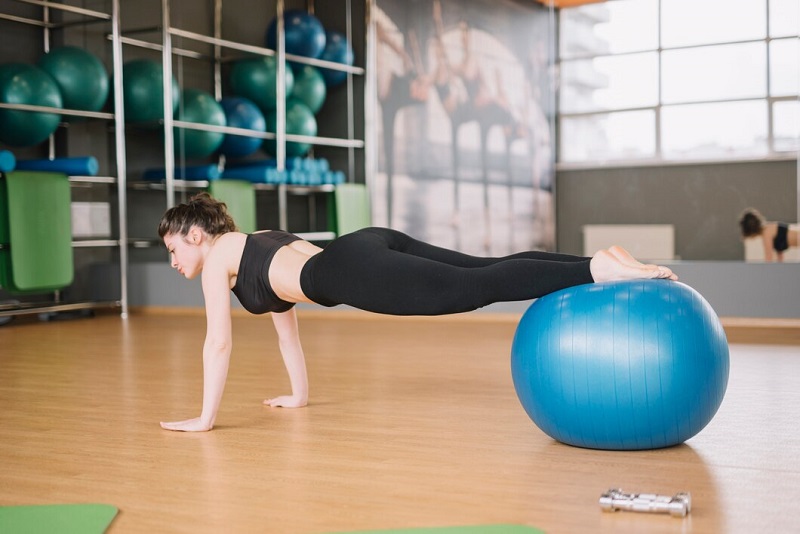
Joseph Pilates’ Published Works
Return to Life Through Contrology
“Return to Life Through Contrology,” Joseph Pilates’ seminal work, provides a comprehensive guide to his method. Published in 1945, the book outlines the philosophy, principles, and exercises that constitute Contrology. Pilates introduces readers to the transformative power of mindful movement, emphasizing the importance of aligning the body, mind, and spirit.
Contrology: A Revolutionary System
At the heart of “Return to Life Through Contrology” is the concept of Contrology itself—a revolutionary system that transcends traditional exercise. Pilates advocates for the integration of mind and body, emphasizing the control of movement to achieve optimal physical and mental well-being. The book serves as a manifesto, inspiring readers to embrace Contrology as a way of life.
Impact and Reception
“Return to Life Through Contrology” was met with both intrigue and skepticism upon its release. However, its impact on the fitness community was undeniable. Pilates’ emphasis on precision, breath, and the mind-body connection resonated with individuals seeking a holistic approach to health. The book laid the groundwork for the global adoption of the Pilates method.
Analyzing the Timelessness of Pilates Teachings
Relevance Today
Decades after Joseph Pilates Books penned his principles, the relevance of his teachings persists. In a world dominated by fast-paced lifestyles and sedentary habits, Pilates offers a timeless antidote. The emphasis on control, centering, and concentration addresses contemporary challenges, promoting physical fitness and mental well-being in an integrated manner.
Integration into Modern Fitness
The Pilates method has seamlessly integrated into modern fitness practices. Its adaptability and effectiveness have led to its incorporation into various disciplines, including sports training, physical therapy, and even corporate wellness programs. Pilates’ emphasis on functional movement and core strength aligns with current trends in fitness, making it a staple for individuals of all ages and fitness levels.
Testimonials and Success Stories
Across the globe, countless individuals attest to the transformative power of Pilates. Success stories range from improved posture and flexibility to rehabilitation from injuries and enhanced athletic performance. The enduring testimonials highlight the longevity and impact of Pilates’ teachings, reinforcing their place in the ever-evolving landscape of fitness.
The Debate and Criticism
Addressing Controversies
While Joseph Pilates Books method has garnered widespread acclaim, it has not been immune to criticism. Some skeptics question the efficacy of Contrology, arguing that its principles lack scientific validation. However, proponents argue that the subjective nature of fitness experiences and the holistic approach of Pilates defy conventional metrics, making it challenging to quantify its benefits through traditional means.
Counterarguments and Responses
Advocates of Pilates counter criticism by highlighting the qualitative aspects of its impact. They point to the holistic benefits, such as improved posture, reduced stress, and enhanced mind-body connection, which may not be fully captured by quantitative measures. Additionally, the enduring popularity of Pilates and its integration into mainstream fitness programs speak to its tangible benefits.
Evolution of Pilates
In response to criticism and changing fitness trends, Pilates has evolved over the years. Contemporary Pilates instructors often integrate evidence-based practices and modifications to cater to diverse populations. This adaptability ensures that Pilates remains accessible and relevant, addressing the evolving needs of practitioners while staying true to its foundational principles.

Pilates Education and Certification
Role of Written Works in Education
Joseph Pilates’ written works serve as cornerstones in Pilates education. Aspiring instructors delve into his books to grasp the philosophy, principles, and exercises that form the essence of the method. “Return to Life Through Contrology” and other writings by Pilates provide a theoretical foundation that complements practical training, fostering a comprehensive understanding of the method.
Overview of Pilates Certification Programs
Pilates certification programs play a pivotal role in ensuring the quality and consistency of Pilates instruction. These programs, often rooted in Joseph Pilates’ teachings, guide aspiring instructors through a structured curriculum that covers anatomy, biomechanics, and practical application of the Pilates method. Certification serves as a mark of competence and adherence to Pilates’ principles.
External Link: Pilates Method Alliance
Recommended Readings for Instructors
In addition to Joseph Pilates’ seminal works, instructors often delve into supplementary readings that offer insights into the evolution of Pilates and its diverse applications. Joseph Books by contemporary Pilates experts, anatomy references, and research articles contribute to a well-rounded Pilates education, enhancing the instructor’s ability to adapt and innovate while staying true to Pilates’ foundational principles.
Conclusion
In the tapestry of fitness history, Joseph Pilates Books stands as a luminary whose contributions transcend generations. His emphasis on mindful movement, holistic well-being, and the integration of body and mind has left an indelible mark on the fitness landscape. As we reflect on his life and writings, we acknowledge the enduring legacy of a man who redefined how we approach physical fitness.
To those embarking on their Pilates journey, the writings of Joseph Pilates offer a roadmap to understanding the depth and breadth of the method. Whether you are a novice or a seasoned practitioner, exploring his books provides valuable insights that enrich your Pilates experience. The principles laid out by Pilates serve as a compass, guiding you toward a healthier, more balanced life.
As we conclude this exploration into Joseph Pilates’ written legacy, we celebrate not only the man but the enduring legacy he left behind. Pilates’ teachings continue to inspire and empower individuals on their quest for physical and mental well-being. The principles of Control, Centering, Concentration, Precision, Breath, and Flow echo through time, reminding us that the pursuit of holistic health is a journey worth taking.
Frequently Asked Questions (FAQs)
Absolutely. Pilates is adaptable to various fitness levels and can be modified to accommodate individual needs. Whether you are a beginner or an advanced practitioner, the principles remain accessible and beneficial.
Pilates is versatile and serves both rehabilitative and performance-enhancing purposes. Athletes often incorporate Pilates to improve core strength, flexibility, and overall body awareness, leading to enhanced athletic performance.
The frequency of Pilates practice varies based on individual goals and schedules. Consistency is key, and even incorporating a few sessions per week can yield noticeable improvements in strength, flexibility, and overall well-being.

